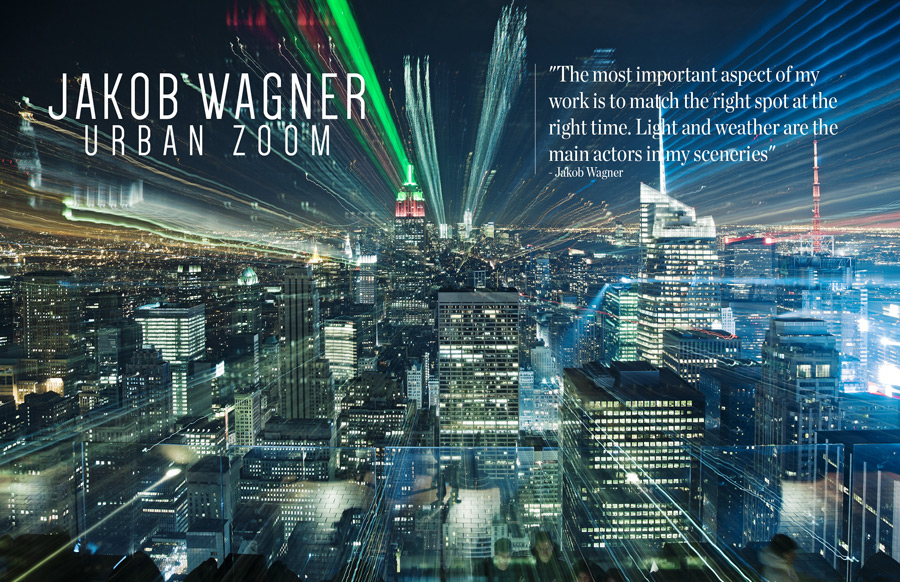
Copyrights to Jakob Wagner© All rights reserved
“The most important aspect of my work is to match the right spot at the right time. Light and weather are the main actors in my sceneries”
– Jakob Wagner
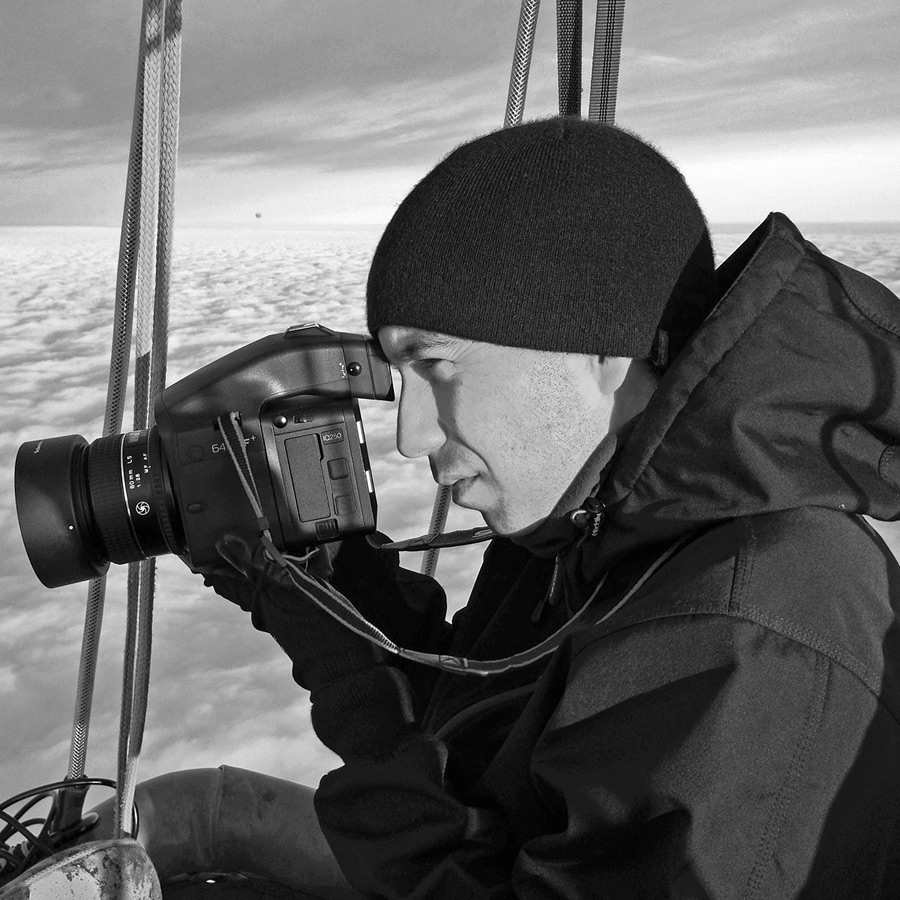
Jakob Wagner was born 1985 in Herdecke, Germany. In summer 2008, he successfully completed his three-year apprenticeship as a photographer. After five more years as a photo assistant for a few renowned photographers he started his own business in Düsseldorf specializing in landscape, aerial, cityscape, industrial and fine art photography. When Jakob Wagner is not at work on commissioned assignments, he devotes much of his time and passion to his personal photography projects, which have been featured already in many art magazines, books, blogs and exhibitions worldwide. His photographs are available in signed limited editions.
During the past years, You can find important clients including: Emirates, Adobe, Audi, Siemens, Telekom, Lufthansa, Clariant, Time Magazine, Stern, Gerolsteiner, Victorinox, Jung von Matt, Scholz & Friends, Mutabor Design, Loved, Jim Beam, Occhio, The Royal Opera House, Wired magazine, Jetgala, Audi Magazin, Open Skies, Aether Apparel and many more.

Copyrights to Jakob Wagner© All rights reserved
JAKOB WAGNER
“My photograph “Urban Zoom #1″ is part of a personal long time photography project, which I worked on since 2005 till now. In the first photo of my „Urban Zoom” series I’ve shot in London 2005, I tried by long exposure times, camera movement and zooming while exposure, to capture the slow-flowing and constant change of the city, in an abstract way.
The result pleased me so much that I decided to create a series of abstract images with as many abstract photographs from big cities around the world as possible. Meanwhile, I have captured more than 20 “Urban Zoom” photographs. Through my work as a photo assistant, I had the fortune to visit all these thrilling places like San Francisco, New York, Los Angeles, Shanghai, Manila, Quito, Dubai, Abu Dhabi and many more.
When I started my Urban Zoom series, I still worked on film, so I could see the result just some days later. So the change to a digital camera system (2008), simplified the workflow on this series immensely, because I got the full control to the result through the quick check of the photo on my camera display.”
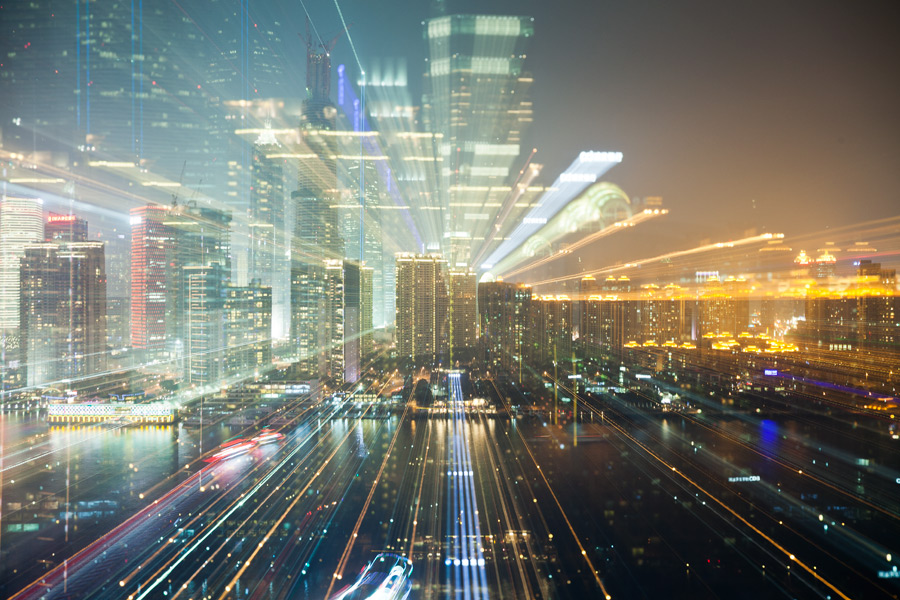
Copyrights to Jakob Wagner© All rights reserved
About the challenges associated with aerial-landscape photography
“The most of my aerial photographs are taken from normal passenger planes, because had the fortune to work as a photo assistant for a few renowned photographers while they were working all around the globe. This job included a lot of time in airplanes. A very few are taken from a helicopter which is unfortunately very expensive. The best way to take aerial photographs under perfect requirements is a gas balloon flight. From a gas-balloon you are able to shoot in all cardinal directions and you fly very slowly, which gives me the opportunity to select my subjects deliberately, furthermore you have the possibility to fly several days at a stretch. They could fly higher (up to 9.000 meters) and further than hot-air balloons, but were more dangerous as they were usually filled with hydrogen gas.
To fly with a gas-balloon is always a challenge, because only the weather and the wind decide when and where to the journey goes, additionally gas-balloons need a hydrogen pipeline to start, so there are just a few spots around the world, where you can start your trip and you will never know where exactly it ends. So every gas-balloon flight is a real adventure and challenge for me.”
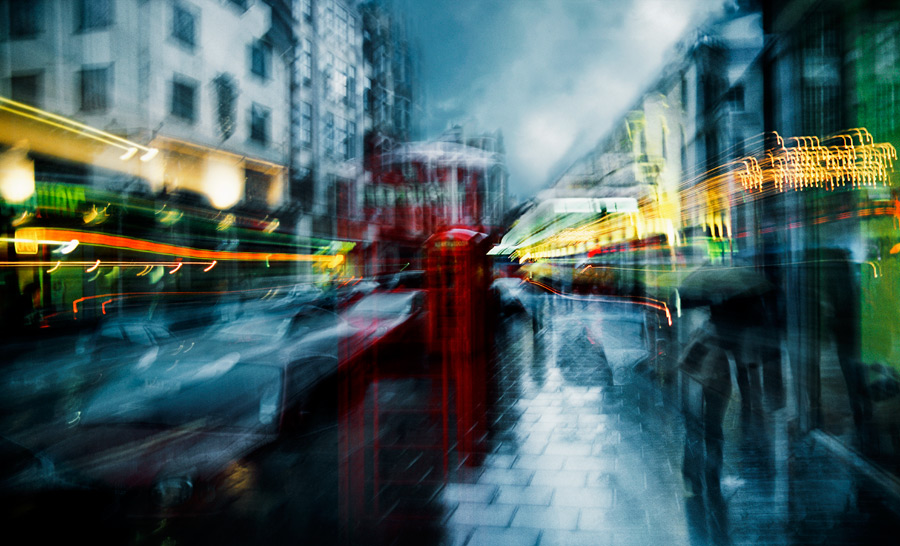
Copyrights to Jakob Wagner© All rights reserved
What has been your favourite place/subject to photograph?
One of my favorite places is Cape Town in South Africa, because of his many various landscapes in the same area. There are wild cliff coasts, beautiful beaches, high mountains, green shadowy woods, dry steppe and white and yellow sand deserts. Everything lies in the same area, within a seven-hour drive. These landscape diversity is unique in the world and fascinates me always again. No other place impressed me that sustainable.
Through my work as a photo assistant, sometimes I got the chance to visit places that refuse outsiders. In May 2010 I had the fortune to see one of the ocean giants up close. We traveled from Rotterdam to Felixstowe as guests of one of the biggest container ships in the world, the Emma Mearsk. Also really impressive journey!
JAKOB WAGNER
NIGHTSCAPES
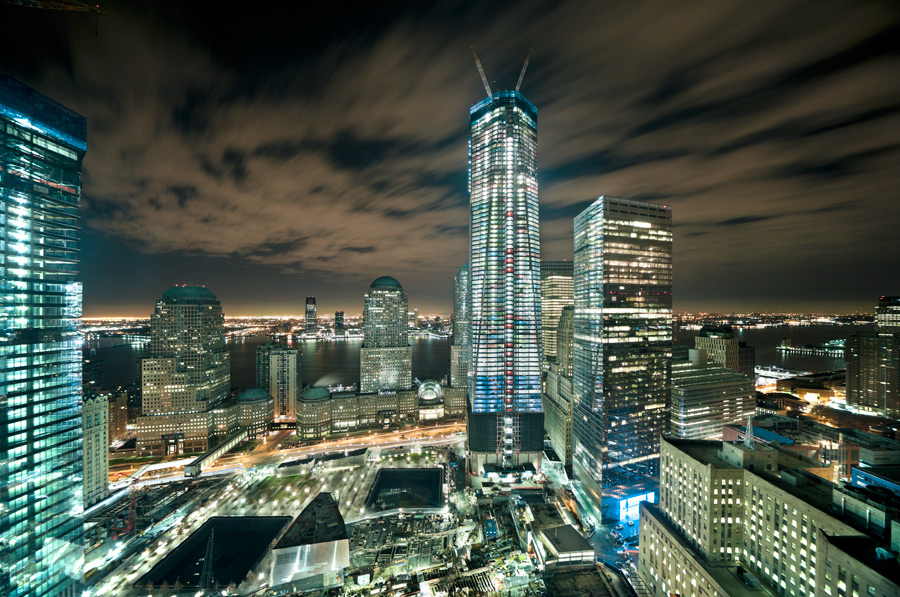
Copyrights to Jakob Wagner© All rights reserved
“The most important aspect of my work is to match the spot at the right time. Light and weather are the main actors in my sceneries. Sometimes I return many times to one spot, to get the shot with the right balance between weather and light.”
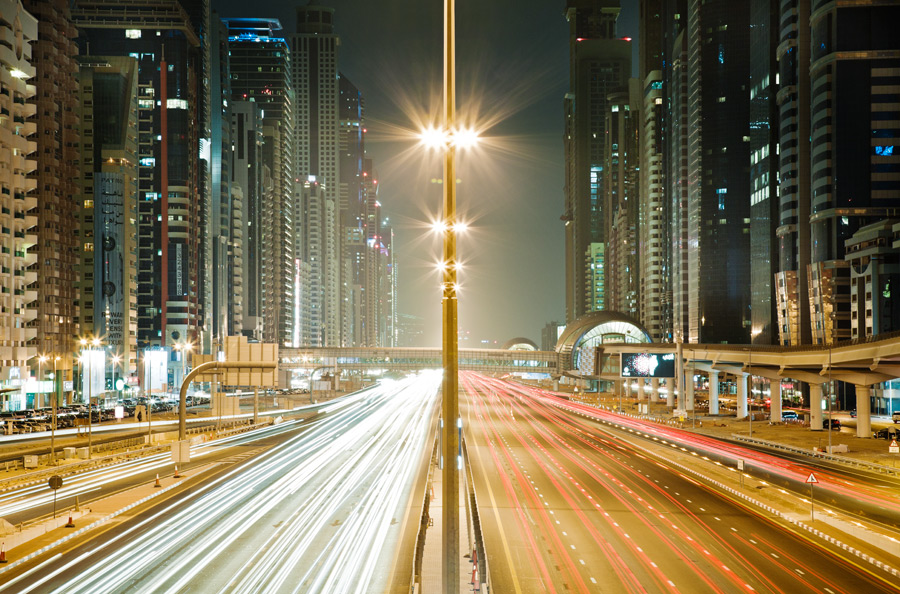
Copyrights to Jakob Wagner© All rights reserved
“My interest in creative expression started early. At 12 I started to draw and two years later I discovered graffiti, I started with nightly (illegal) lettering in public urban areas and improved my graffiti skills right up to large scale commissions. I borrowed a camera, to take photos of the art works of my friends and mine, to be documented as a graffiti artist. I quickly realized what great potential the photography had and I started to use it as a new artistic form of expression. After some years of experimenting with analog photography technics and video art, I was then beginning (at the age of 17) to realize that I wanted to be a photographer. During experiments I found that with long exposure at night, things you cannot see with the naked eye, could be visualized. That fascinated me and I started my “Nightscapes” series.
Through my work as a photo assistant, I had the fortune to visit all these thrilling places like San Francisco, New York, Los Angeles, Shanghai, Manila, Quito, Dubai, Abu Dhabi and many more. I used every minute of my rare free time to take photographs for my personal projects like the “Nightscapes” series.
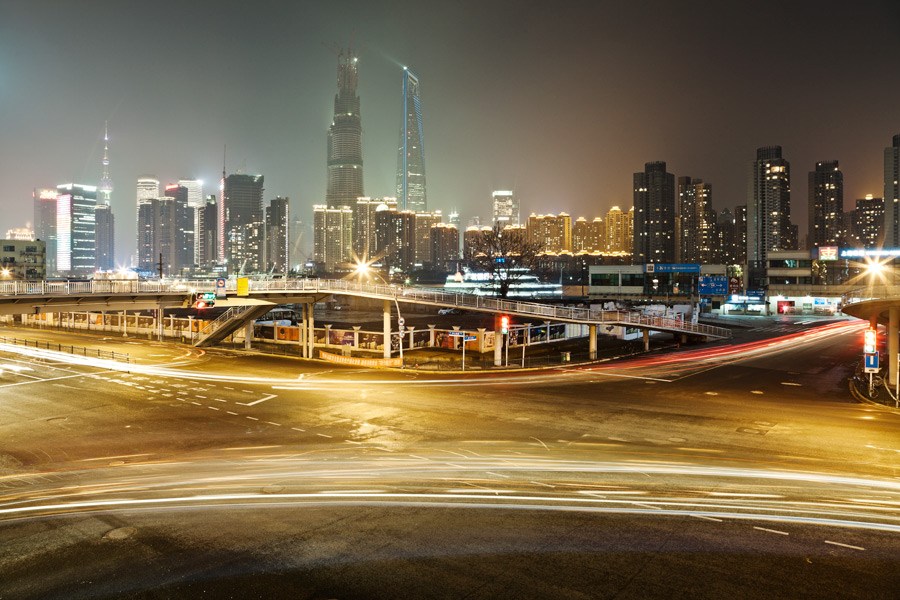
Copyrights to Jakob Wagner© All rights reserved
Tell us about the process of taking these photos? Does weather play a part in your photography? If so, how?
“For example, when I plan to travel to a city I have never been before, then I prepare myself with an extensive web research about the place, weather conditions, possible shooting locations, position of the sun, local tips and everything what could be important. Weather Apps, rain radar, Google and Street View are a really big help for me by researching in advance. Furthermore, I have to decide in advance of every photographic project individually, which sort of Equipment I need. I never carry everything possible with me, I always try to carry only the bare necessities to stay mobile and flexible.
The most important aspect of my work is to match the right spot at the right time. Light and weather are the main actors in my sceneries. Sometimes I return several times to the same spot, to get the shot with the right balance between weather and light.
If I plan to do the aerial photo shooting I try to do it on the first clear day after some bad weather days with hailstorms and/or thunderstorms, because this day have the most clear atmosphere with an extremely wide and clear view.
For Architecture and Cityscapes I preferably photograph at the end of the dusk, or at the beginning of the dawn. During this time of the day the combination of the existing, natural light and the artificial illumination works best for me. Furthermore, at this time you are able to use long exposure times between 2 and 30 seconds, which creates stunning flow motions of water surfaces, clouds or traffic light streams.
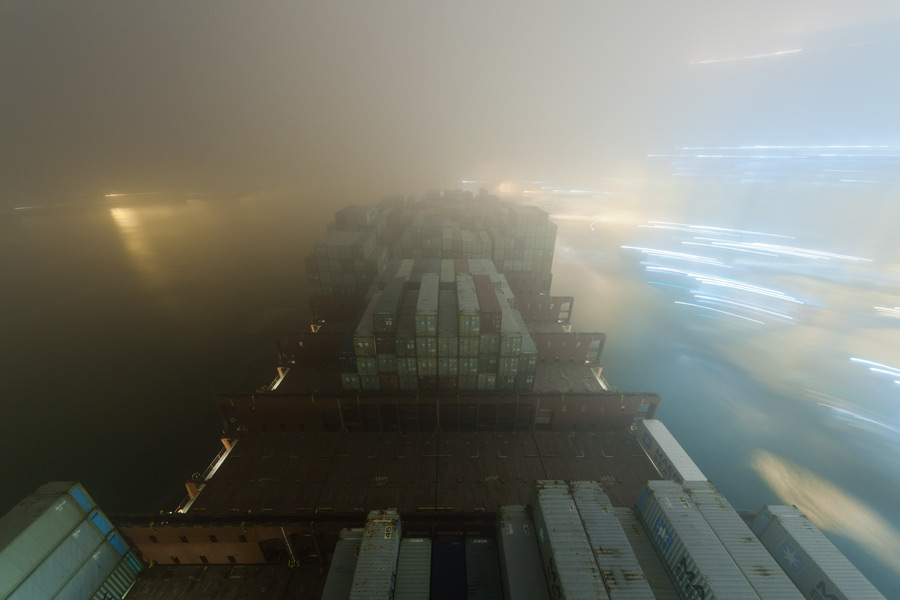
Copyrights to Jakob Wagner© All rights reserved
For Landscape or Cityscape motifs it can also be very interesting to photograph during the darkness of night. The trick is, you have to over-expose the shot with exposure times between 30 seconds and 15 minutes, depending on the available light from the city itself or the moon. Unfortunately the contrast range of the most cameras is usually too small to be able to manage extreme lighting situations like this in one shot. Therefore, it is highly recommended to do this kind of motifs with a minimum of three different exposed shots to compose the final image with all the highlight and shadow details afterwards with the digital post processing. There are a lot of so-called HDR programs on the market, which will help you to fit into each other the exposure latitude to one image with a higher contrast range. I don’t use this kind of programs because the most of them create a final image which is too artificial and unrealistic for my taste. I do the stitching with a lot of layers and a rubber tool by hand in Adobe Photoshop, to keep the full control about the feel of the final image.
I was fascinated by the weather ever since I can remember, especially by thunderstorms and lightning. So it is obvious why I decide to focus, among other things, on weather.
Read the full Article on Lens Magazine Issue #53

